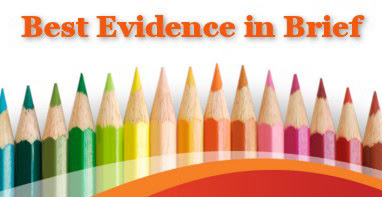According to the multistore memory model, humans’ working memory is limited. This means that when a person holds less information in working memory, more cognitive processing space is available for other tasks. When deaf students read print-based words, which is considered a second language, automatic recognition of common sight words allows them to spend more cognitive energy on comprehension instead of on decoding each word. Various interventions have been used to facilitate deaf students’ recognition of sight words, and a recent paper by Jodi Falk and colleagues examined the effectiveness of one of them, a component of the Bedrock Literacy Curriculum, a guide on teaching foundational English skills to deaf students.
The experiment involved 30 deaf students in grades 1-7 in a private urban school where the Bedrock Literacy sight word intervention was embedded in an overall balanced literacy instructional approach during the 2016-17 school year. Sight words in the experiment were incorporated throughout daily reading and writing activities. Weekly and monthly formative assessments and summative assessments at the end of the school year measured the number of sight words students could identify and the rate at which they identified them. The results demonstrated that after the intervention, there was significant growth, especially among younger students, in the number of sight words participants could identify and their fluency in reading familiar words, regardless of their home language or gender. While confidence in the results would be bolstered by a study with a control group, this research still provides meaningful instruction for practitioners working with deaf students.

